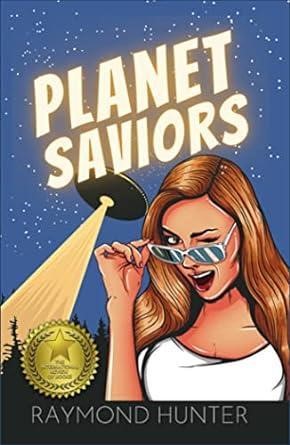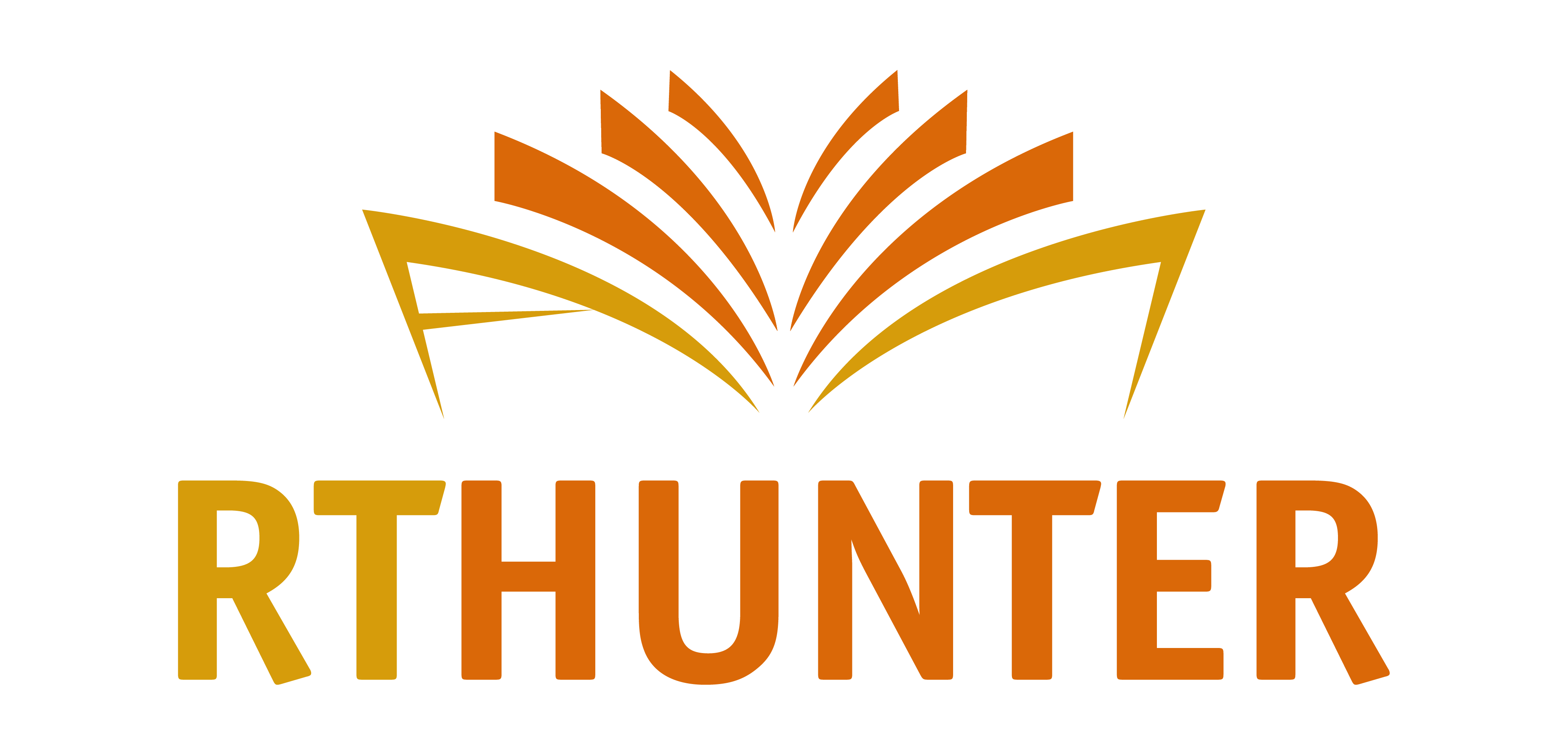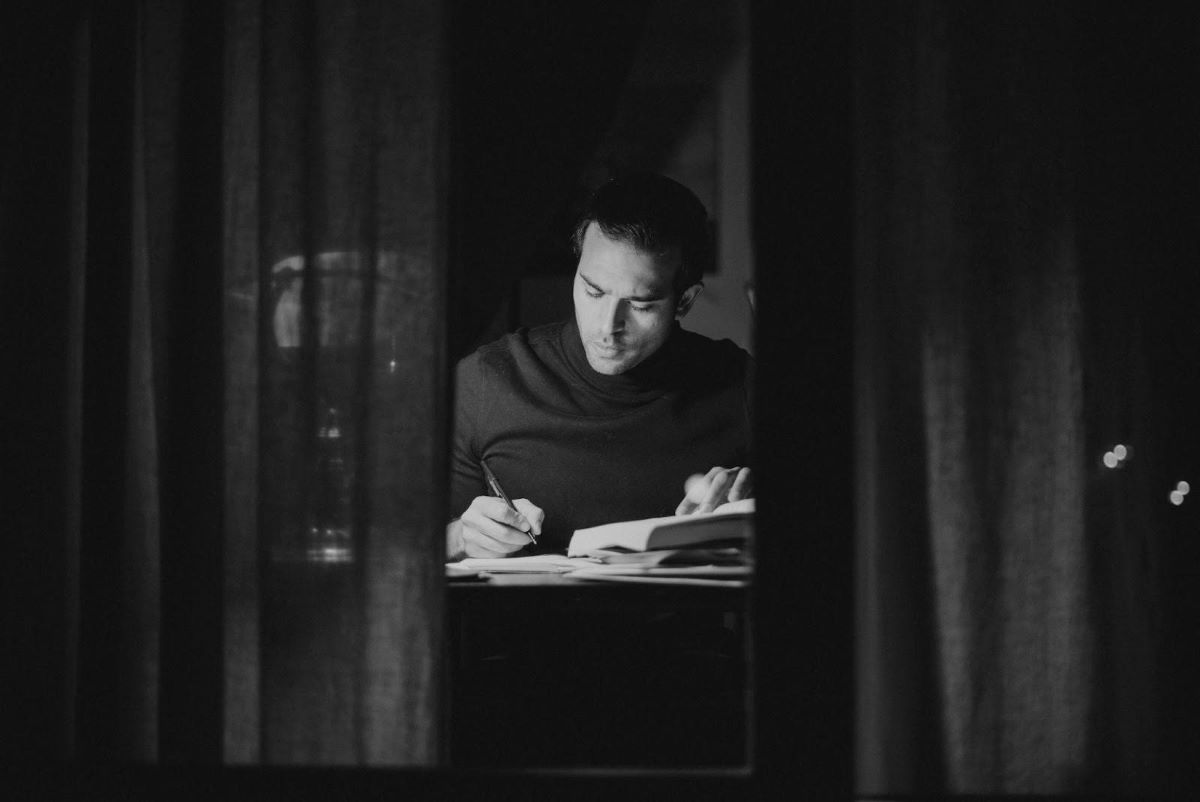In storytelling, characters are the lifeblood that breathes vitality into narratives, driving plots forward and captivating audiences with their arcs and dynamics. Among these characters, two archetypes stand out: the protagonist and the antagonist. These figures are essential in shaping the narrative’s conflicts, resolutions, and themes. However, they are often misunderstood or oversimplified.
Let’s delve into the intricacies of these character types and explore their stark differences.
Protagonist: The Heroic Heart of the Story
At the core of every tale lies the protagonist, the character around whom the story revolves. Protagonists are typically the central figures through whom audiences experience the narrative’s events. They are the heroes or heroines, driven by goals, desires, and conflicts that push them toward growth and transformation.
What sets protagonists apart is their relatability and depth. They are complex individuals with strengths, weaknesses, and inner struggles that resonate with audiences. Protagonists are not flawless paragons but flawed beings who face challenges and setbacks, allowing readers or viewers to empathize with their journeys.
In “Planet Saviors” by Raymond Hunter, Stella exemplifies the quintessential protagonist. She is a character-driven by a sense of duty and purpose, determined to save her planet from impending doom. Despite the seemingly idyllic society of her homeworld, Stella recognizes the underlying threats and embarks on a courageous quest to enact change. Through her struggles and triumphs, readers are drawn into her world, rooting for her every step of the way.
Antagonist: The Force of Opposition
In contrast to the protagonist stands the antagonist, the character who opposes the protagonist’s goals and serves as the primary source of conflict in the story. Antagonists come in various forms, ranging from villains with nefarious intentions to more nuanced adversaries driven by conflicting motives or ideologies.
Unlike protagonists, whose actions are typically driven by noble intentions or a sense of duty, antagonists often act out of self-interest, malice, or a desire for power. They exist to challenge the protagonist, presenting obstacles and conflicts that force the hero to confront their fears, limitations, and moral convictions.
From the calculating cunning of villains like Darth Vader in “Star Wars” to the complex motivations of characters like Severus Snape in the “Harry Potter” series, antagonists add depth and tension to the narrative, compelling protagonists to rise to the occasion and overcome adversity.
Contrast and Conflict: The Heart of Storytelling
The relationship between protagonist and antagonist forms the crux of storytelling, creating the dramatic tension and stakes that drive the narrative forward. Without the antagonist’s opposition, the protagonist’s journey would lack depth and resonance, depriving the story of its emotional impact and thematic richness.
It’s important to note that the distinction between protagonist and antagonist is not always black and white. In some cases, characters may exhibit traits of both, blurring the lines between heroism and villainy. Additionally, the dynamic between protagonist and antagonist can evolve over the course of the story, with characters undergoing arcs of redemption, betrayal, or reconciliation.

Conclusion: Embracing Complexity
In conclusion, understanding the differences between protagonist and antagonist is crucial for crafting compelling and nuanced narratives. Protagonists represent the heart and soul of the story, while antagonists provide the essential conflict and opposition that propel the narrative forward.
As storytellers, embracing the complexity and depth of these character archetypes allows us to create rich and immersive worlds that resonate with audiences on a profound level. We can craft stories that challenge, inspire, and ultimately entertain by exploring the contrasting motivations, goals, and conflicts of protagonists and antagonists.
If you’re looking for a thought-provoking tale that challenges traditional storytelling conventions, check out Raymond Hunter’s “Planet Saviors“. With its blend of humor, wit, and profound exploration of societal dynamics, this wild and satirical adventure is sure to captivate your imagination and leave you pondering the transformative power of creativity and imagination.
So what are you waiting for? Dive into the world of “Planet Saviors” and embark on an epic journey that will keep you on the edge of your seat from beginning to end!




